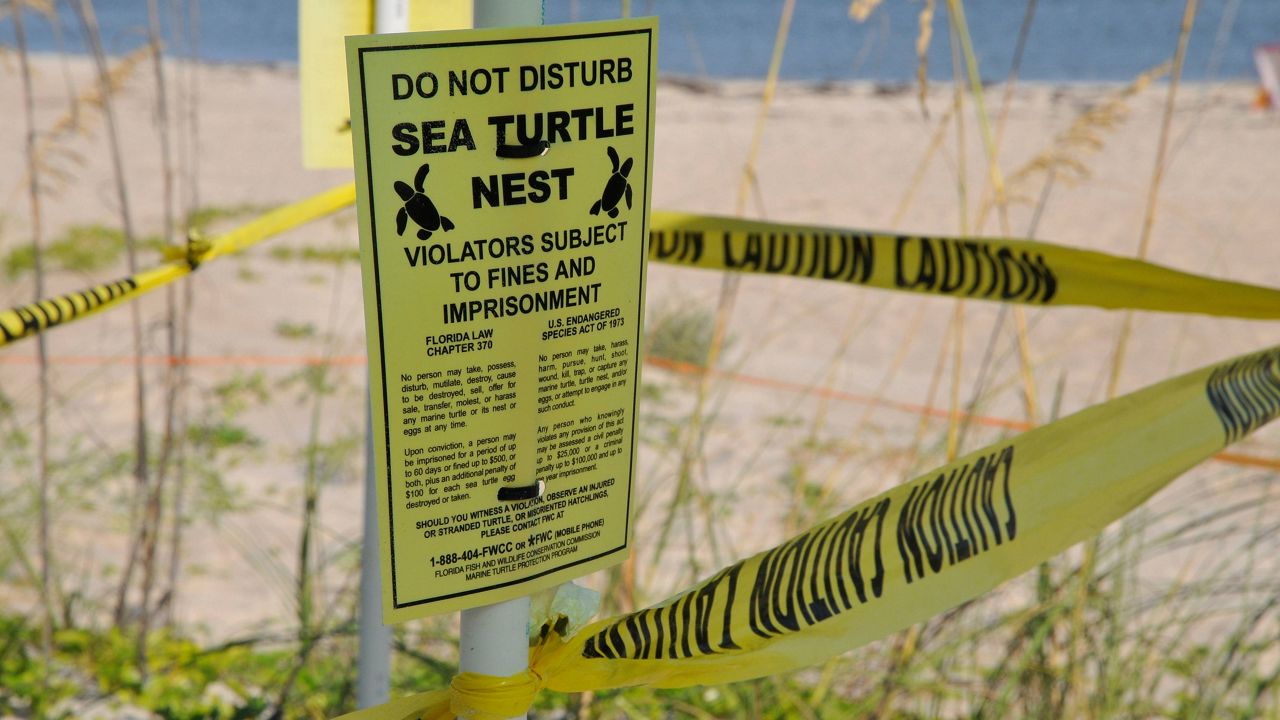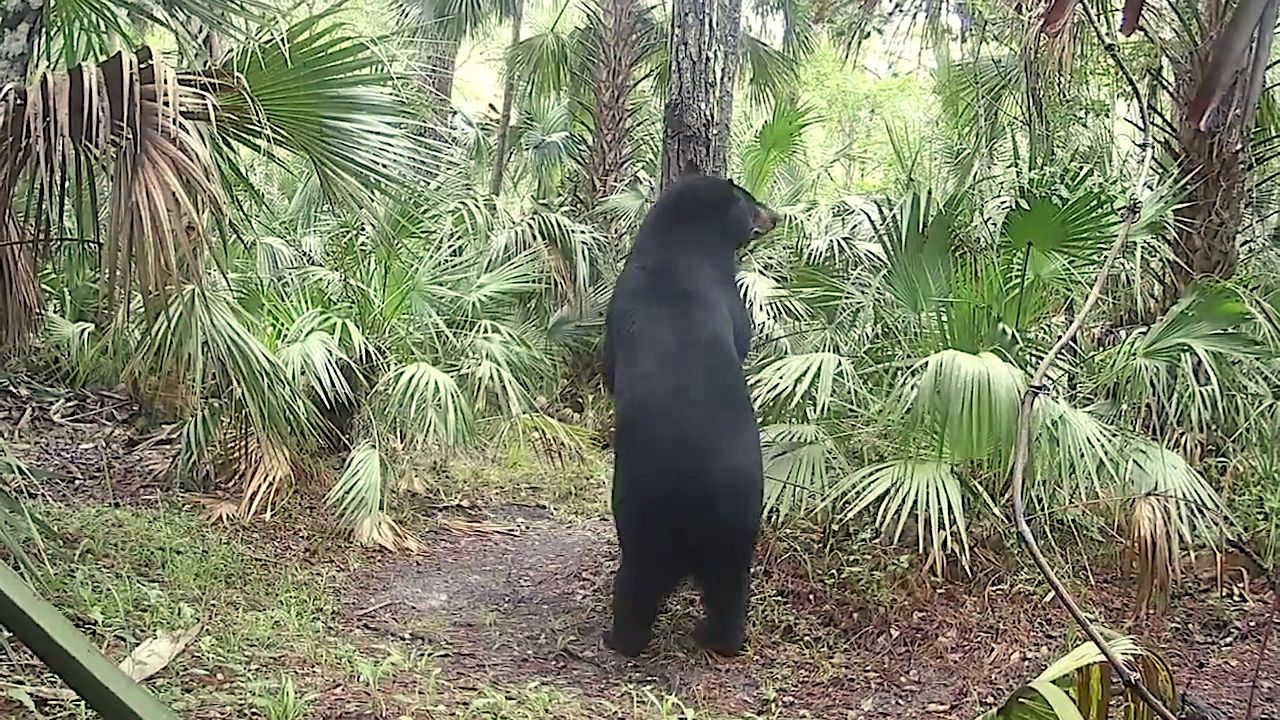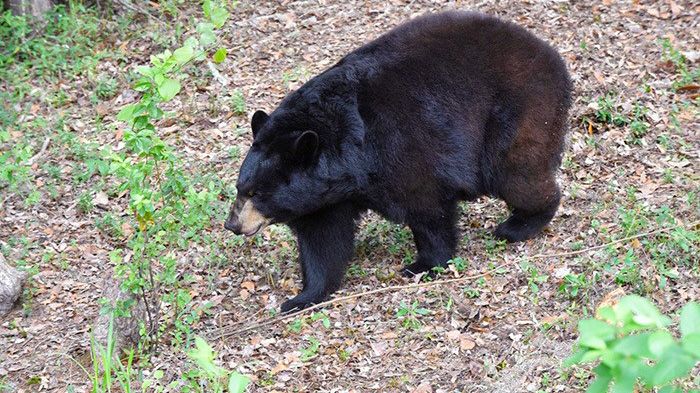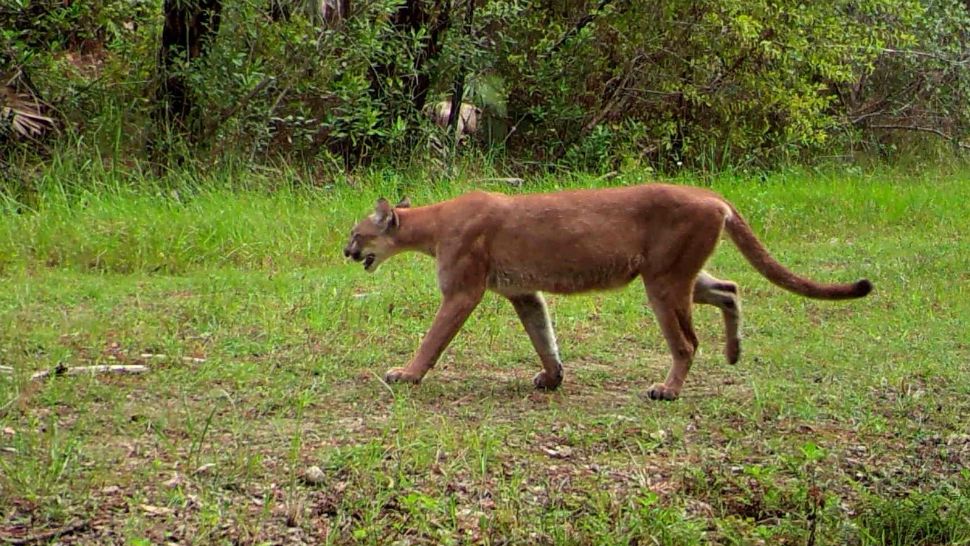FLORIDA — Nesting season has started for sea turtles and waterbirds along Florida’s east coast, mainly between Brevard and Broward counties.
What You Need To Know
- Nesting season for sea turtles and waterbirds is underway in Florida
- FWC provides tips on how to protect the state's wildlife
- Read more about FWC's Sea Turtle Program
- Read more about FWC's Sea Turtle lighting guidelines
The Florida Fish and Wildlife Conservation Commission is reminding people of how they can help protect Florida’s wildlife while visiting Florida’s coastal habitats.
“Because our state’s shorelines are critical for sea turtle and waterbird nesting, beachgoers can have a big impact on their nesting success,” FWC stated in a release. “To help nesting sea turtles and waterbirds, give them space, minimize disturbances, and keep beaches clean and dark.”
Obstacles on beaches, such as trash and holes in the sand, can prevent sea turtles from nesting and prevent hatchlings from making it back to the water, according to FWC. Wildlife can also get entangled in certain litter left on the sand. They also said food scraps left on beaches attract predators such as raccoons and crows that prey on sea turtle hatchlings, shorebird eggs and chicks.
“Beachgoers can help our native wildlife by stashing all trash, filling in human-made holes in the sand, and removing boats, beach toys and furniture from the beach before sunset. Fishing line can be deadly to sea turtles, waterbirds and other wildlife, so be sure to dispose of it properly,” the Florida agency said.
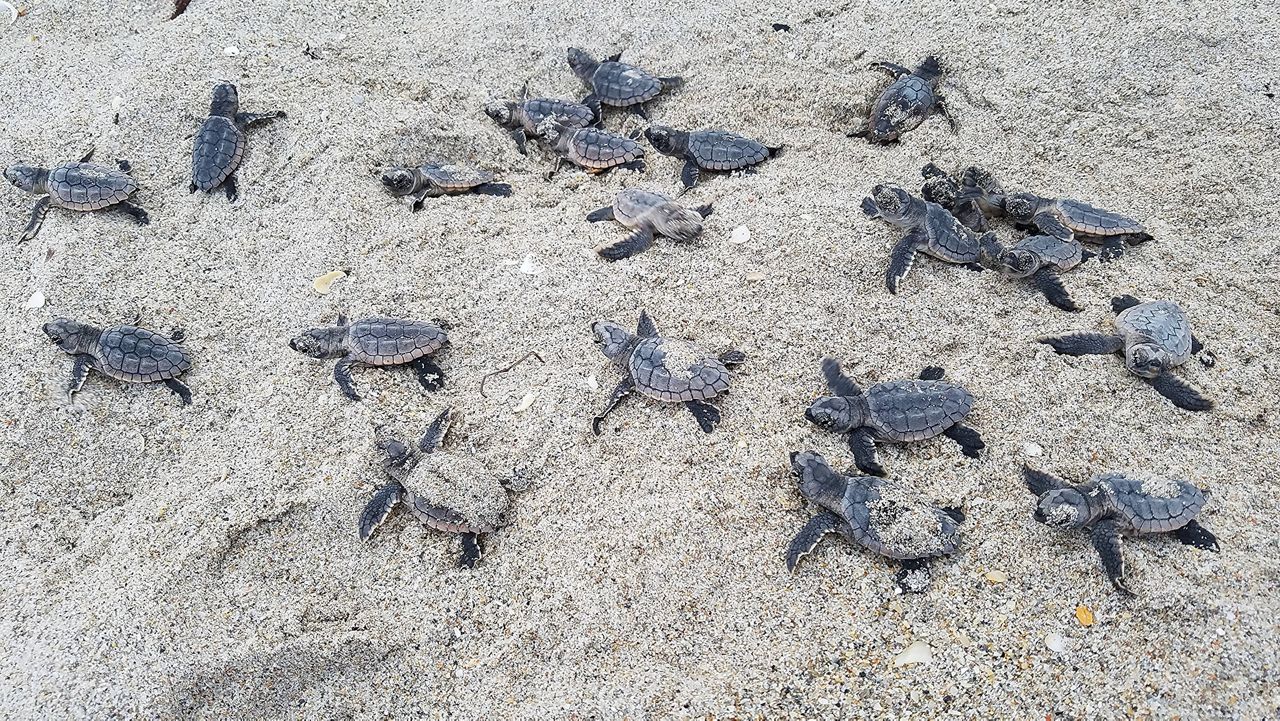
Unnatural lighting is also a big inhibitor to sea turtles and their hatchlings, and can lead them away from the ocean and toward potential danger. FWC asks beachgoers to avoid using flashlights or cellphones at night. Residents who live along the beaches should put out porch, parking and deck lights, and close curtains after dark to avoid harming sea turtles on the beach.
FWC suggests staying at least 50 feet away from nesting sea turtles. Getting too close can cause them to leave the beach before they complete nesting. It is illegal to harm or disturb sea turtles and their nests, eggs and hatchlings, FWC said.
Shorebirds, seabirds and wading birds also need plenty of space to prevent them from flushing from their breeding sites, leaving vulnerable eggs and chicks exposed to the elements and predators, FWC reported. They suggest staying at least 300 feet from nesting birds and to avoid walking through flocks of birds or entering posted areas.
“Shorebirds and seabirds nest in shallow scrapes in the sand and their eggs and chicks are well-camouflaged, making them vulnerable to being stepped on unless people look out for them and avoid walking though flocks of birds,” the agency said.
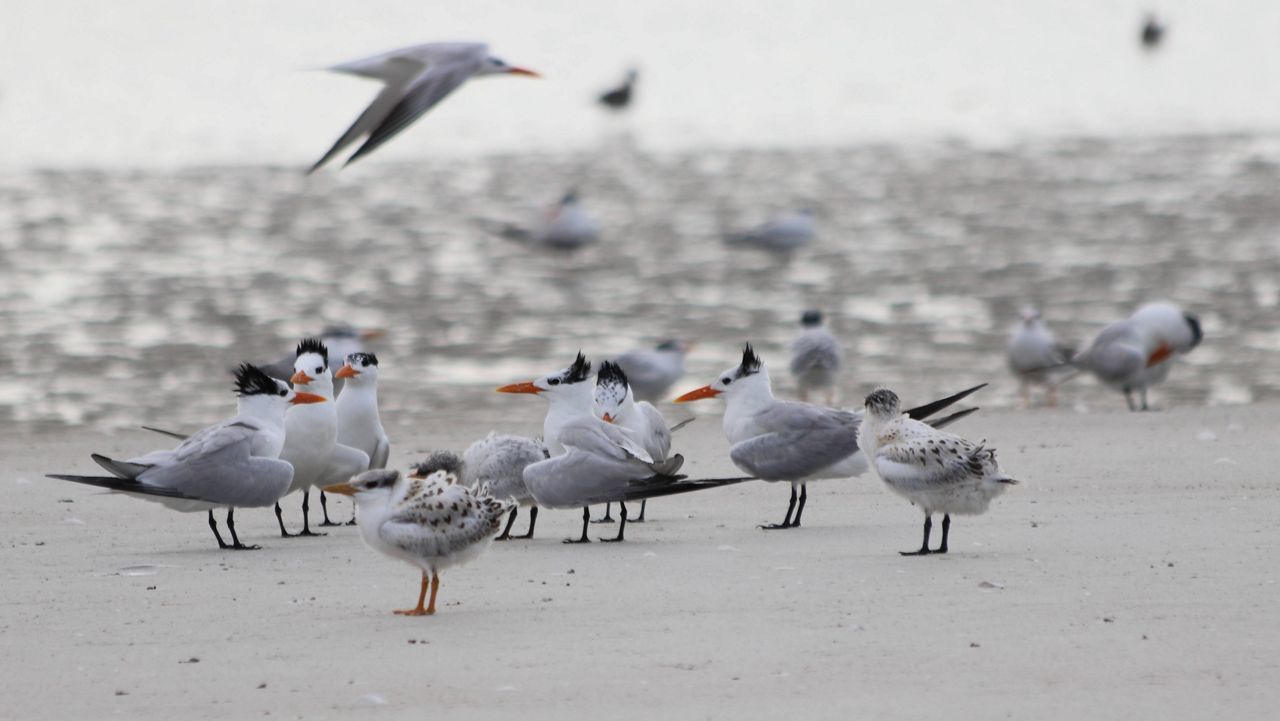
Sea turtles begin nesting on the Gulf coast and north Florida beaches in April or May.




